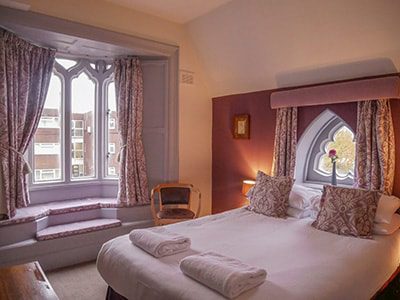Our contributor Kacie Morgan set up her blog called “The Rare Welsh Bit” in 2010 to document her love of food and travel. She’s been in Food 52, BBC Radio Wales, World Travel Market, Co-Op Food Mag, Sainsbury’s Mag & Metro. Over the next few issues, we’ll feature her reviews on popular eating and drinking establishments in and around Wrexham. Visit her website at therarewelshbit.com. Today, she reviews The Lemon Tree.
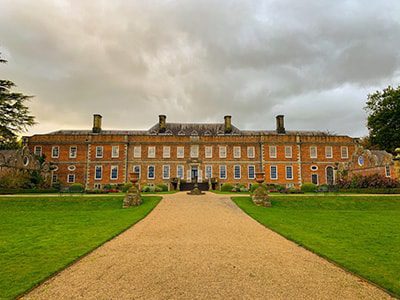
Firstly, the largest town in north Wales, Wrexham is best known for its ancient landmarks and rich industrial history. As a county, Wrexham is home to two of the seven wonders of Wales. St Giles Church in the town centre (famous for its 135ft tower) and the Gresford Bells at All Saint’s Church in Gresford. Wrexham is also well-known for its National Trust Properties, including Chirk Castle and Erddig Hall. Along with the Pontcysyllte Aqueduct and Canal World Heritage Site.
There’s also plenty for food lovers to get their teeth stuck into. With a myriad of independent restaurants and a community centre with a food court housing several street-food vendors.
Exploring The Best Bars And Pubs In Wrexham
This historical market town also harbours a lively and varied nightlife entertainment scene. The This Is Wrexham Tourism Partnership have developed a new visitor itinerary to encourage visitors to explore the many bars, clubs and pubs. Aptly-named ‘Night Owls’, the itinerary includes suggestions on places to stay and where to go on a night out in Wrexham. This Is Wrexham kindly invited me to visit and promote the ‘night owls’ itinerary. One in a series of 13 new visitor itineraries developed by the tourism board to promote the region, including several venues accessible via the This Is Wrexham card. Moreover, I’ll be showcasing the businesses offering the best experiences for visitors. Including venues accessible via the This Is Wrexham Card which offers savings on days out and overnight stays. This Is Wrexham have also launched a new county map to enable visitors to find out more about the local area.
The Lemon Tree
The first stop on the itinerary sees us checking-in at the Lemon Tree, a striking Grade-II Listed Victorian Gothic building with 12 en-suite rooms, a bar and a restaurant.
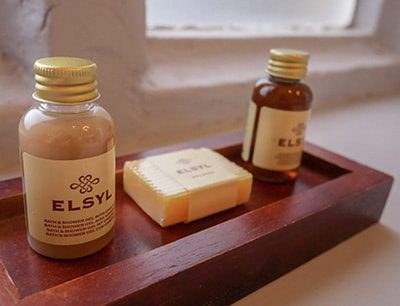
Decked out in romantic shades of ash pink, white and cream with 19th century neo-Gothic windows. Cushioned window seating (to match the curtains and cushions on the bed). A single pink rose (albeit artificial) sitting in a vase in the window above the bed, my room certainly has a touch of romantic charm about it.
While there’s no mini-bar, there are complimentary tea- and coffee-making facilities. It’s just a short walk down to the bar if you fancy something stronger.
A ‘modern British’ menu
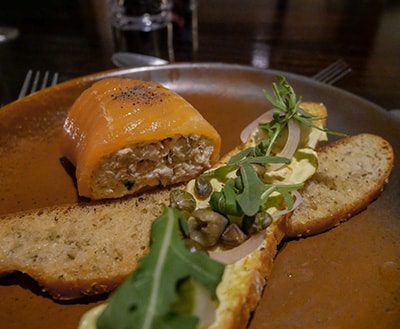
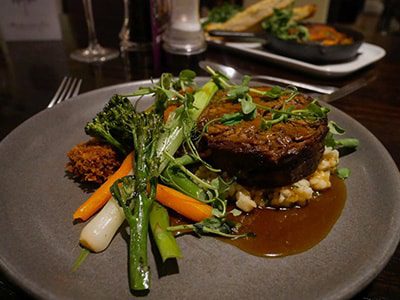
It was a good job we booked a table for dinner when we checked in. Around 7.30pm almost every table in the restaurant was full with a mixture of guests and locals. There were also two local lads performing popular indie rock ballads in the centre of the room. So, you’ve got a pretty lively dining atmosphere. The perfect place to line your stomach before a night out without running the risk of getting tired and heading home early after too much food.
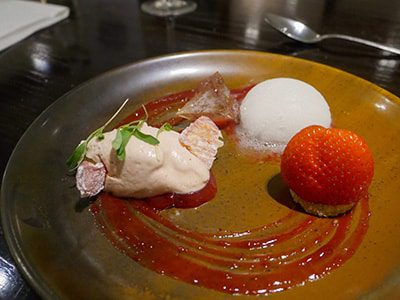
Finally, with a menu described as ‘modern British’. The Lemon Tree is known for putting a twist on their locally sourced ingredients. Highlights of our meal included braised beef brisket with garden risotto and haggis croquette; smoked and poached salmon ‘cannelloni’ with aioli, pickled capers and shallots, gin-cured cucumber and bread shard; and strawberries and Champagne (textures of strawberry with shortbread, Champagne jelly and sorbet).
Our bill comes to around £63 – not bad for a three-course meal for two with drinks.


